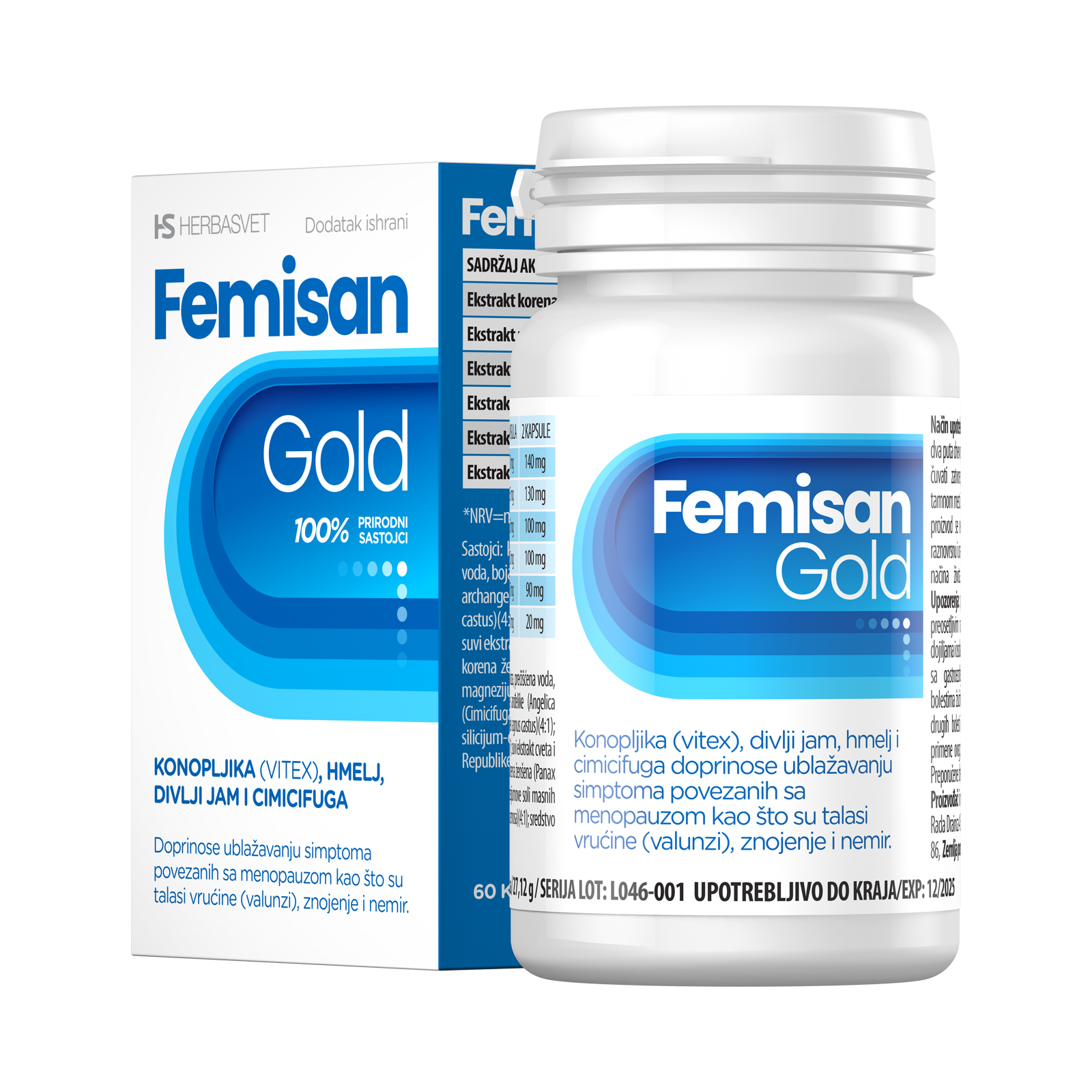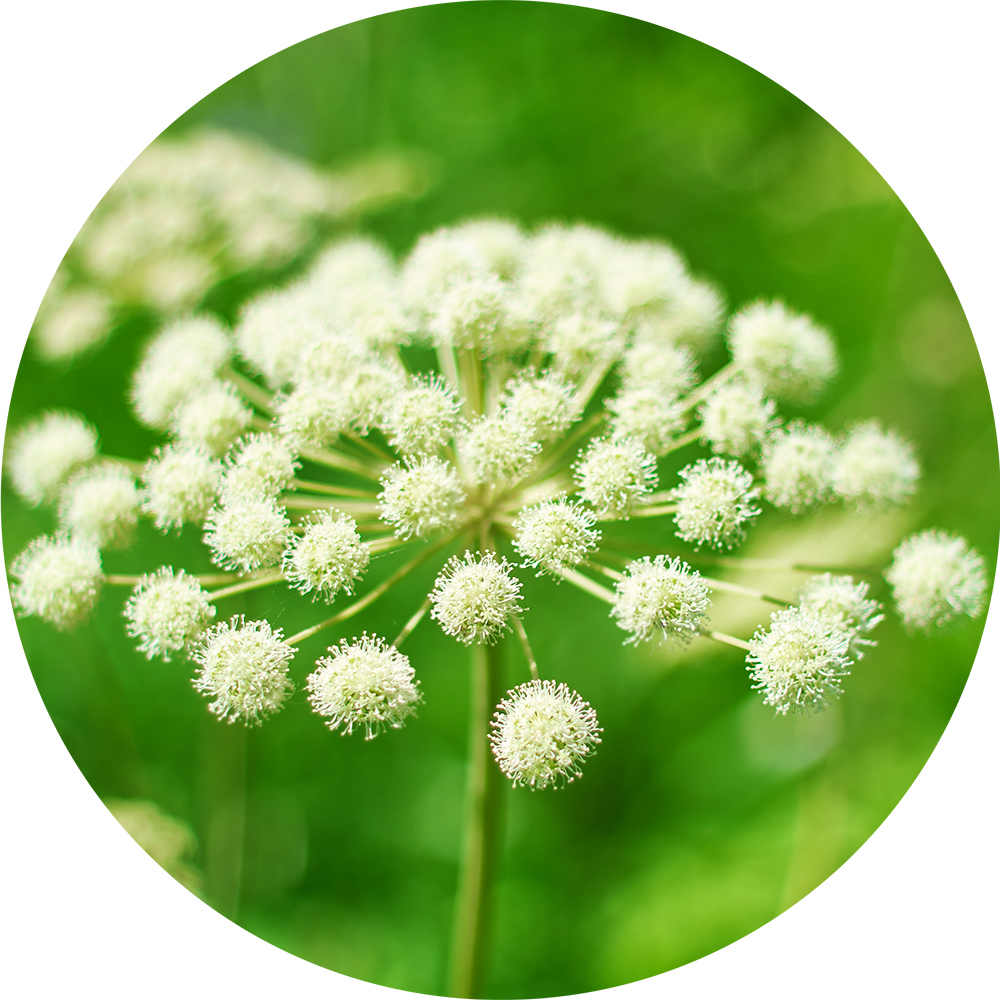(Angelica archangelica)
It is the year 1665 in London. People live in extremely unhygienic conditions, with rats freely roaming the streets. Even though the Dark Ages are over, darkness persists, embodied in the Black Death, bubonic plague. The plague which ravaged China in the 1330s arrived in Europe in October 1347, when 12 Genoese ships docked in Messina, Sicily. People rushed to the port to welcome the sailors, but once there they witnessed something that froze blood in their veins: most of the sailors were dead, while those few who were still alive were about to join the dead. They had a high fever, excruciating pains all over and could not hold any food or water. Their skin was covered in black boils from which blood and pus were dripping. These boils gave the disease its name – Black Death.
ANGELICA COMES TO THE RESCUE
Even though the city authorities immediately ordered the ships to leave the port it was already too late. In the five years that followed, over 20 million people in Europe died, shrinking the population by a third. The plague decimated the population at a lightening speed, and Boccaccio wrote that “its victims may have lunch with friends and dinner with their ancestors in heaven”.
During the Great Plague of London in 1665 the local population experienced the same fate. The year after, another disaster struck – the Great Fire of London – which may have helped end the outbreak by killing many of the rats and fleas that were spreading the plague.
But even before the Great Fire a ray of hope had emerged: a monk dreamt of Archangel Michael pointing the finger at a plant that had the power to cure this cruel disease. The plant proved to be effective and became an ingredient in the royal cure of English King Charles II. Thousands of desperate inhabitants of London meticulously used it twice a day, which may have even eradicated the plague if the source of the epidemic itself – rats and flees – had not kept coming back constantly.
Which plant did the archangel point at? It was Angelica archangelica – a plant that was named after the archangel – commonly known as garden angelica or wild celery, because its aroma is indeed similar to celery.
ANGELICA, A PLANT THAT INSPIRES
Angelica has completely earned its holy name. It is edible in its entirety and is used in cooking as well as in folk and herbal medicine. What are the curing powers of a plant which potentially had an impact on the plague? Angelica is an antiseptic and spasmolytic, it has an anti-inflammatory and diuretic effect, i.e. it acts against viruses, cramps, inflammation and it detoxifies the body.
This plant was not only adored in medieval England. It has been cultivated as a medicinal and edible plant since the 10th century. In the 12th century it found a special place among the Sami people in Lapland, where poets used to be crowned with angelica crowns, because of “its power to inspire”. The people of Lapland used to chew it in the belief that it would bring them longevity.
Austrians have traditionally used angelica infusion as a cure for stomach problems and its use against colds, infections, respiratory tract diseases and nervous system disorders has also been widespread for centuries. Siberian Eskimos also believed in the exceptional power of this plant: they always had angelica’s root on them as protection against polar bears. It is part of voodoo rituals and can be found in a mojo flannel bag which is filled with magical items believed to protect the house from evil spells. In our region, angelica has always been appreciated and widely used, and its properties have been proven by a research in Serbia.
ANGELICALLY ANTIBACTERIAL
It has turned out that folklore and superstition are not baseless: when an experiment was conducted with 50 plants and 25 types of bacteria, in order to establish which plant had the strongest anti-bacterial properties, it was shown that angelica was the most efficient in suppressing all 25 types of bacteria. Numerous studies have proven antimicrobial action of this medicinal plant, among others against P. aeruginosa, E. coli, B. subtilis, Staph. aureus, S. cerevisiae; it should be borne in mind that some of them, for example Pseudomonas aeruginosu, are almost impossible to control with antibiotics.
Angelica contains acids, resins, phytosterols and angelicin, an acid named after it. Its essential oils and extracts contain extremely high amounts of coumarin. Coumarin is notorious for being poisonous and is used as a rat poison, but the type of coumarin found in angelica is not poisonous. On the contrary, it is therapeutic and has the following beneficial effects: it has a calming effect, soothes cramps, stimulates healthy digestion and secretion of gastric juices; it has beneficial action on the pancreas and eliminates bloating. Coumarins have a mild sedative and anti-depressant effect; that is why it is good to put dried leaves of angelica in the pillow to improve sleep. Ayurvedic medicine recognises the positive effect of this plant on the central nervous system and it is therefore used to treat epilepsy – studies have proven that it really helps with convulsions.
Angelica is great for the recovery of the sick, the elderly and those who suffer from anorexia. It gives strength, strengthens muscles, cleanses the blood and eliminates toxins from the body. It is a great stimulant, much better than coffee and energy drinks as it provides energy without causing negative effects, such as insomnia and irritability. It is particularly effective for the elderly, it improves memory and sharpens hearing and vision. Its tinctures help with coughs, laryngitis, bronchitis and pneumonia; this plant is also used to treat skin diseases. However, its effect is much stronger than all that: numerous studies have proven its strong anti-tumour effect.
LUNG-CLEANSER AND FAT-BUSTER
This biennial plant loves woodland glades, humid thickets, cleared meadows… It is most effective in the second year of its lifespan when it blossoms, produces a fruit and then wilts away. It is very decorative – its numerous tiny white flowers are reminiscent of an angel’s crown or a halo. The plant can be used to make infusions, oil or tincture, and it is also valued in the perfume industry because of its beautiful scent. However, because of its similarity to plants that are poisonous, the harvesting of angelica should be left to the experts.
Angelica is an ingredient in Herba Svet preparations: in Disan, its power as an expectorant comes to the fore, making this elixir beneficial to those who have problems with airways and also to smokers who want to give up smoking; in Equigal, a professionally prepared tincture made of five plants, it helps with the detoxification of the body, bloating and digestive issues. And finally, in Femisan Gold it helps women maintain good hormonal balance, prevent early menopause and soothe menopause symptoms.
Fortunately, the plague was eradicated a long time ago. Unfortunately, nowadays we are plagued by modern ailments as a result of our modern pace of life: obesity, digestive disorders caused by various allergies and food intolerances, diseases of the respiratory tract caused by high levels of pollution, irritability caused by an unnatural pace of living, as well as eating disorders, such as bulimia nervosa and anorexia. Being able to help with these ailments, angelica can be considered our true guardian angel.



